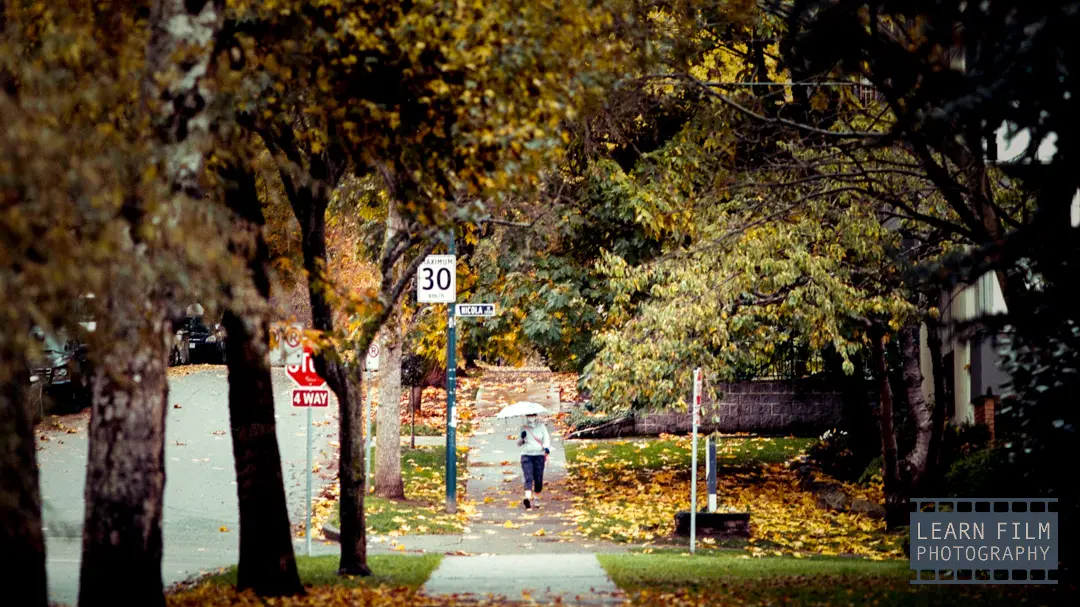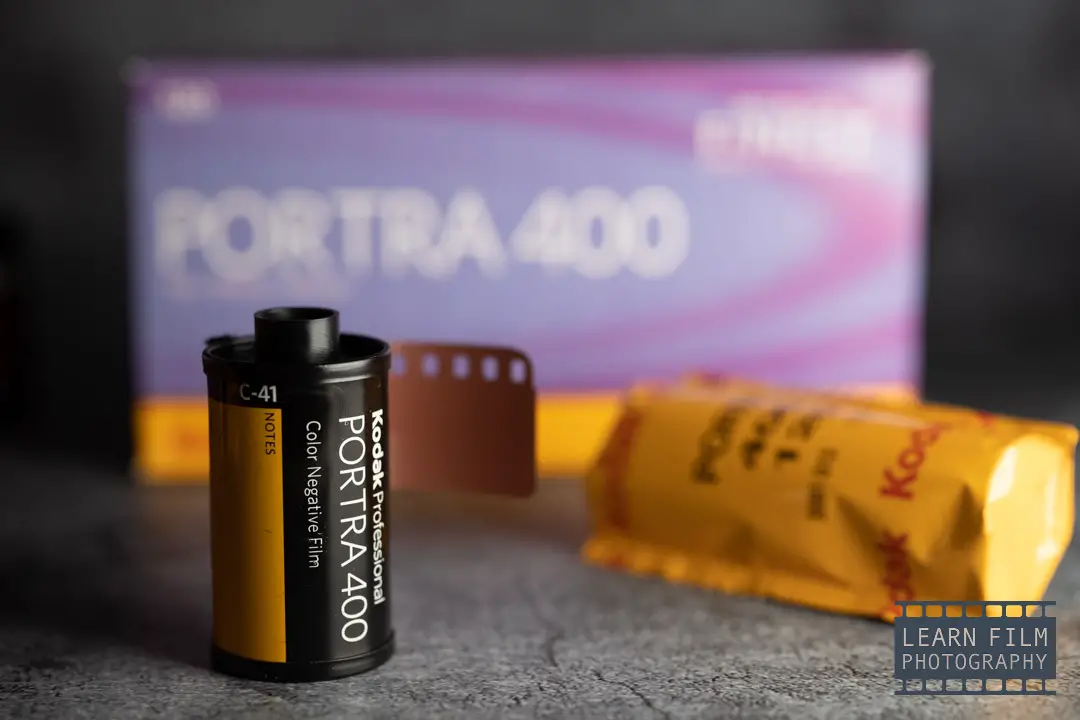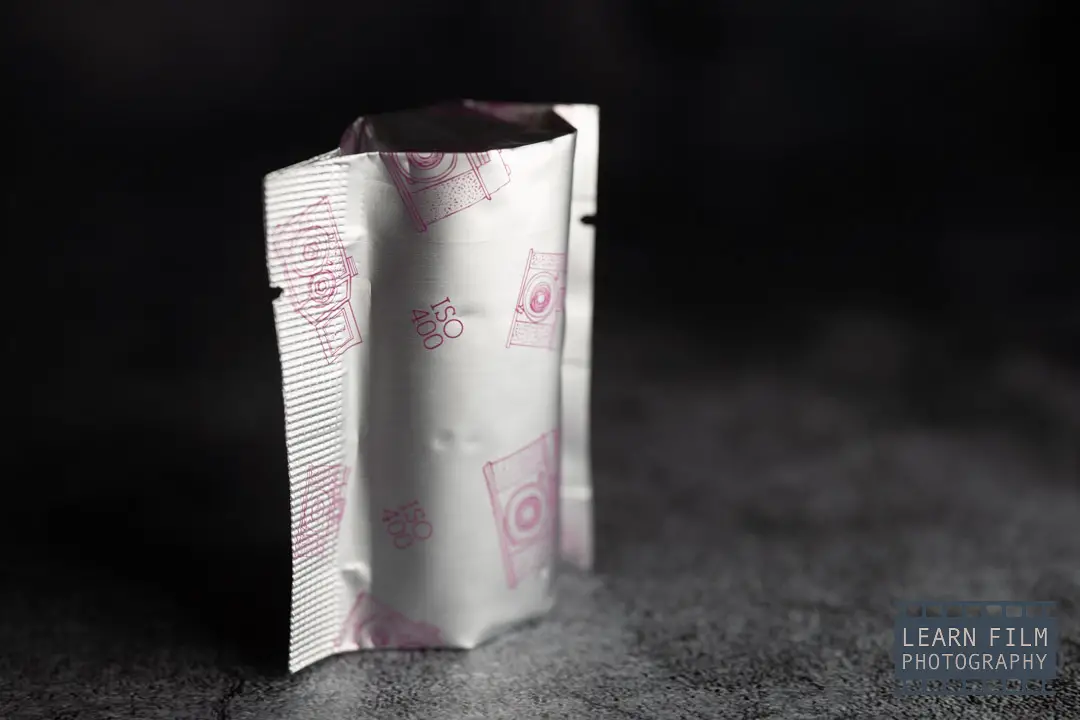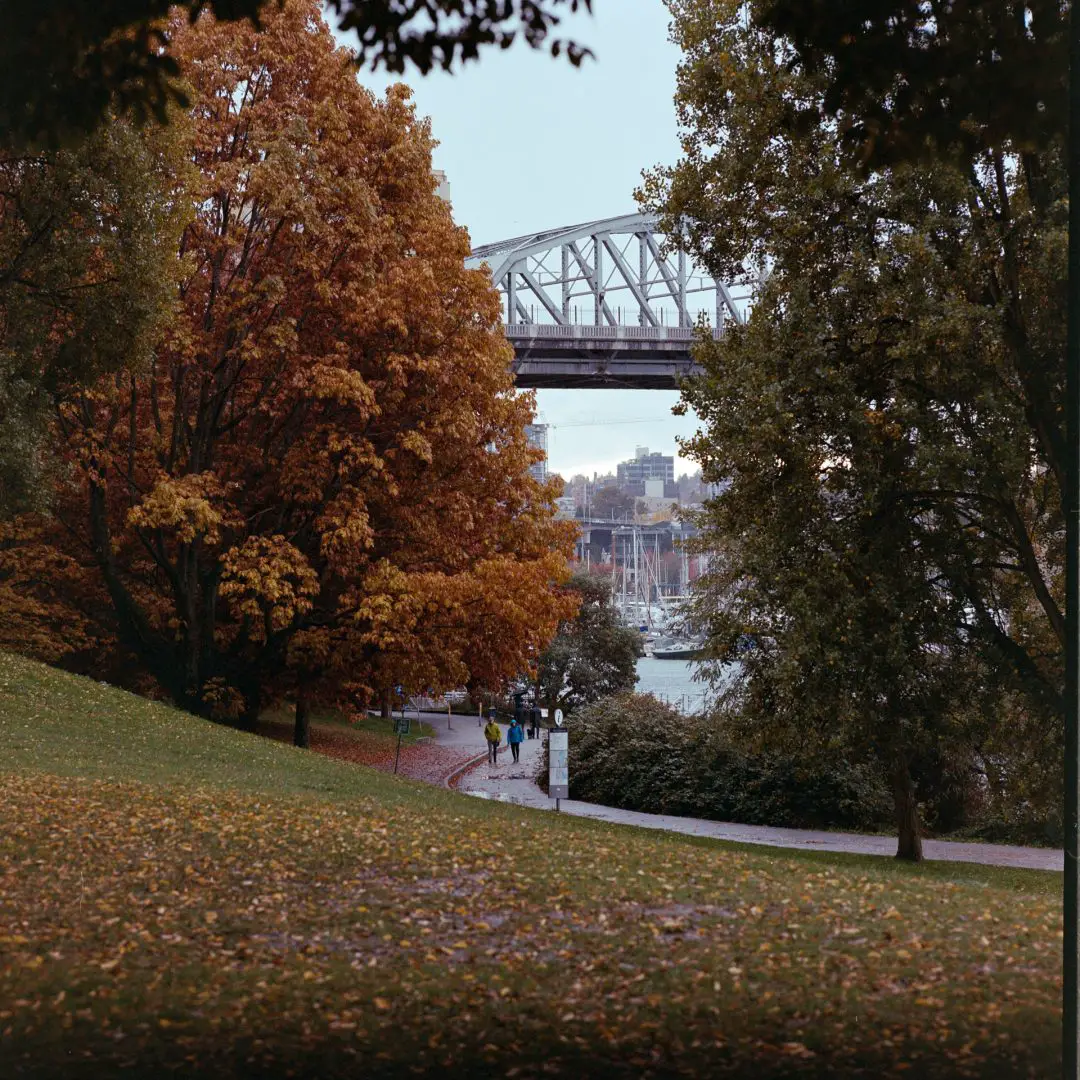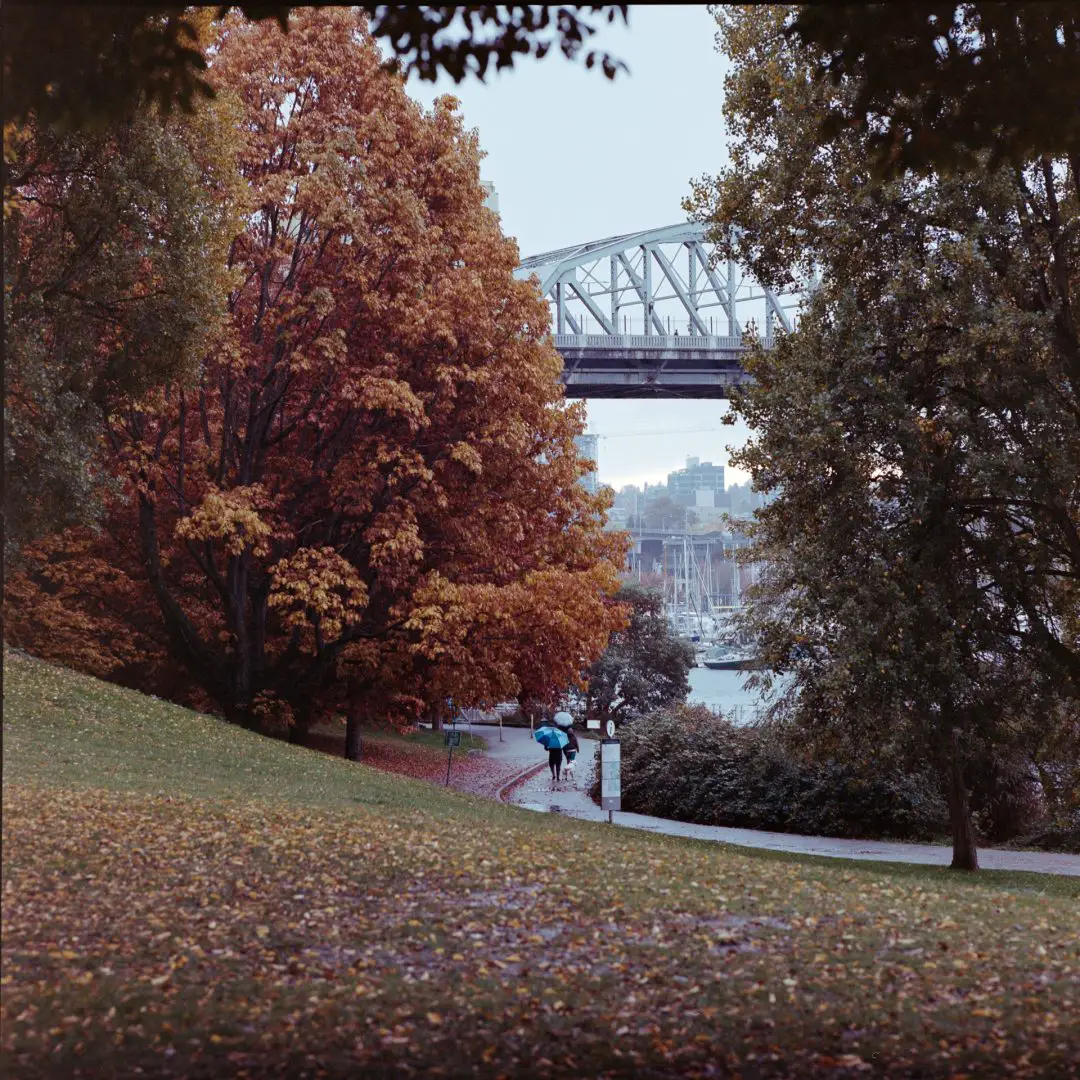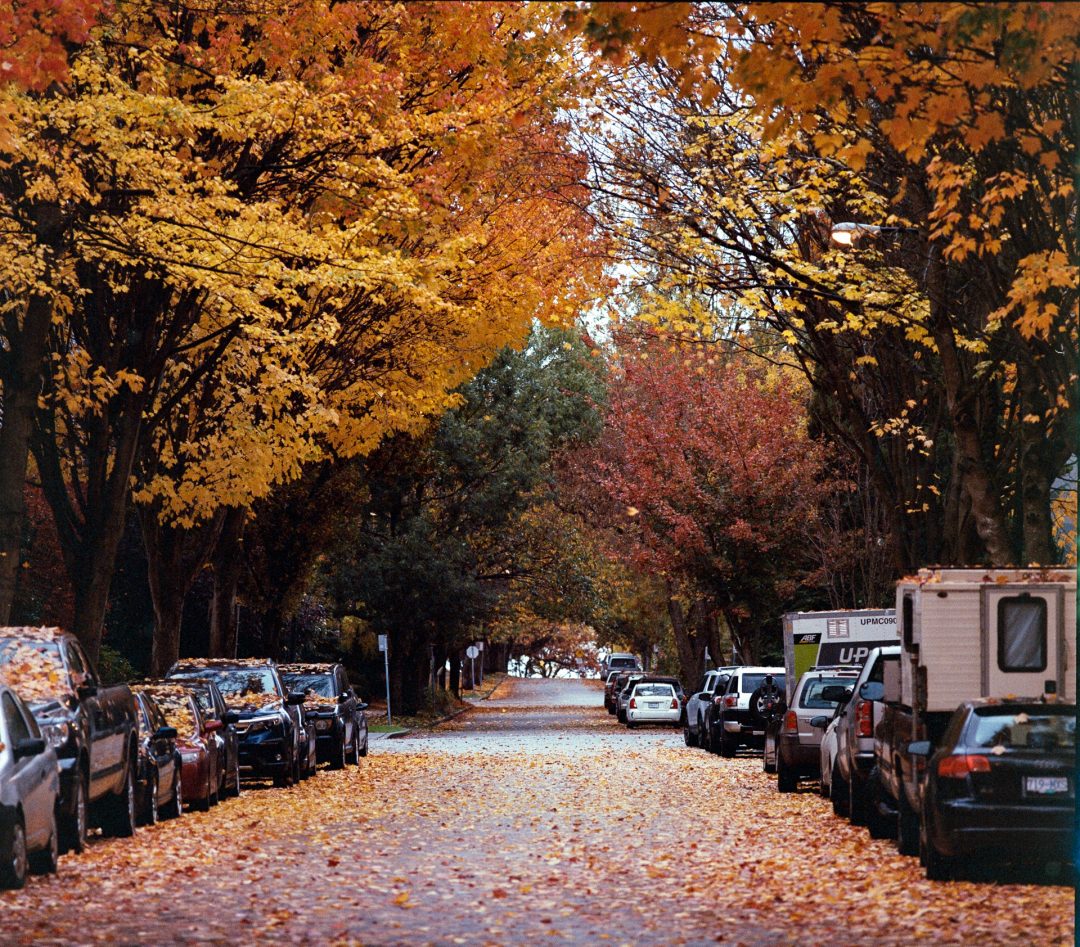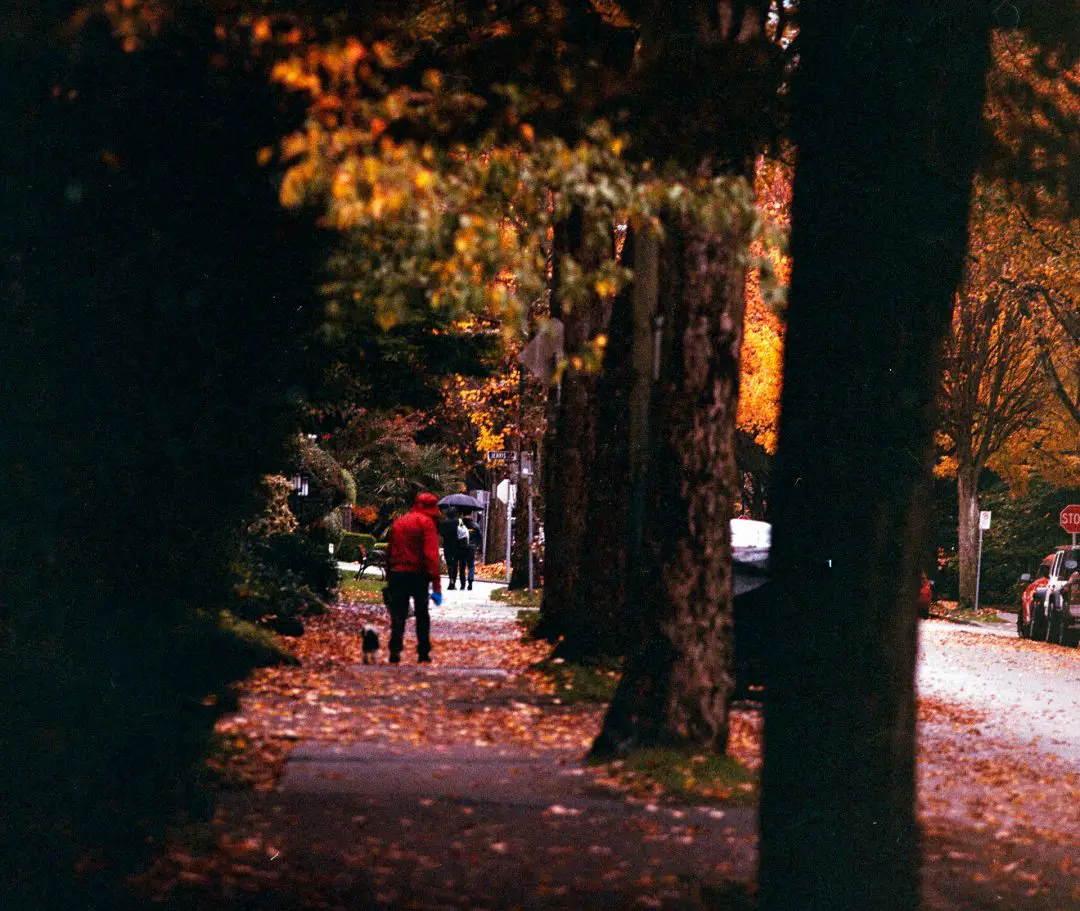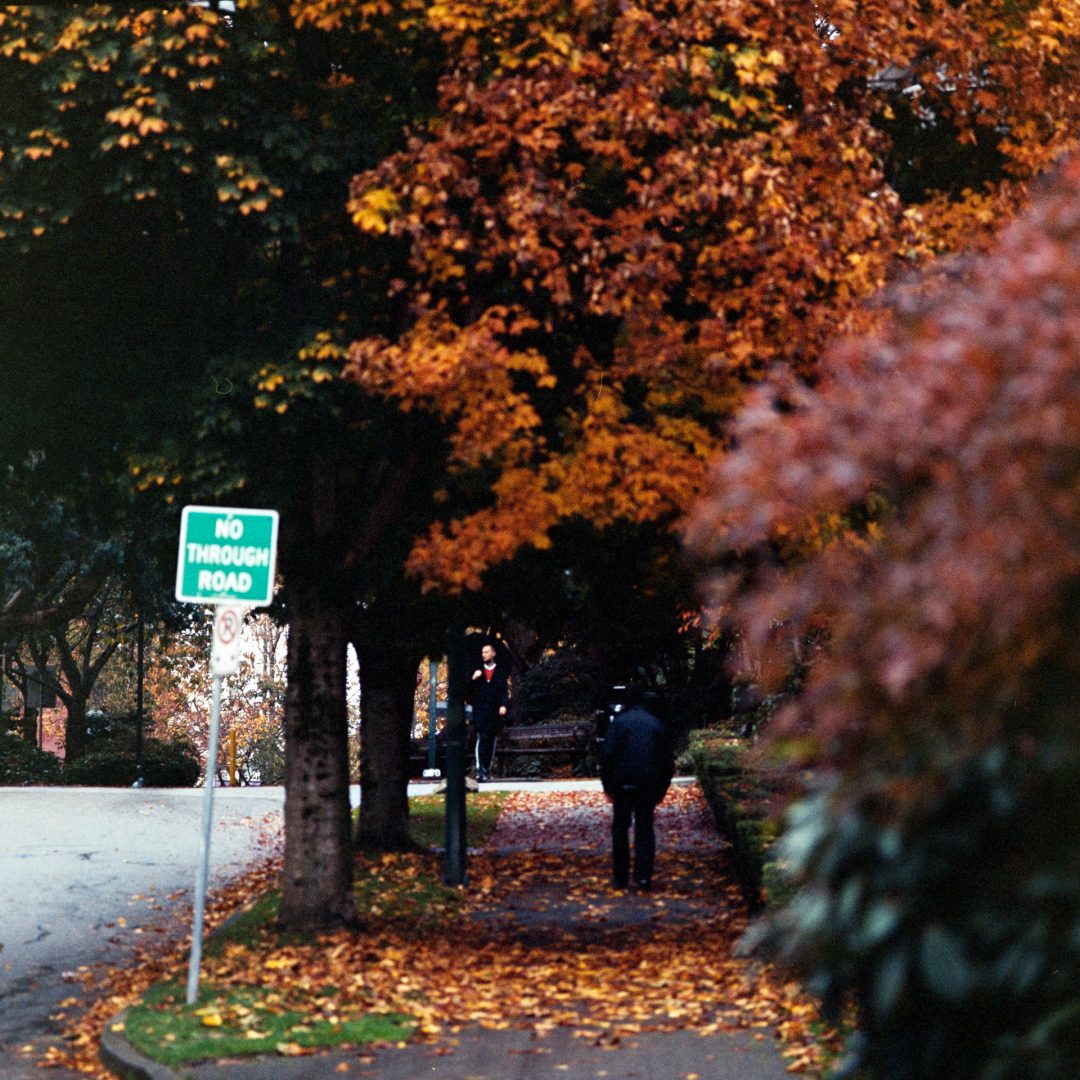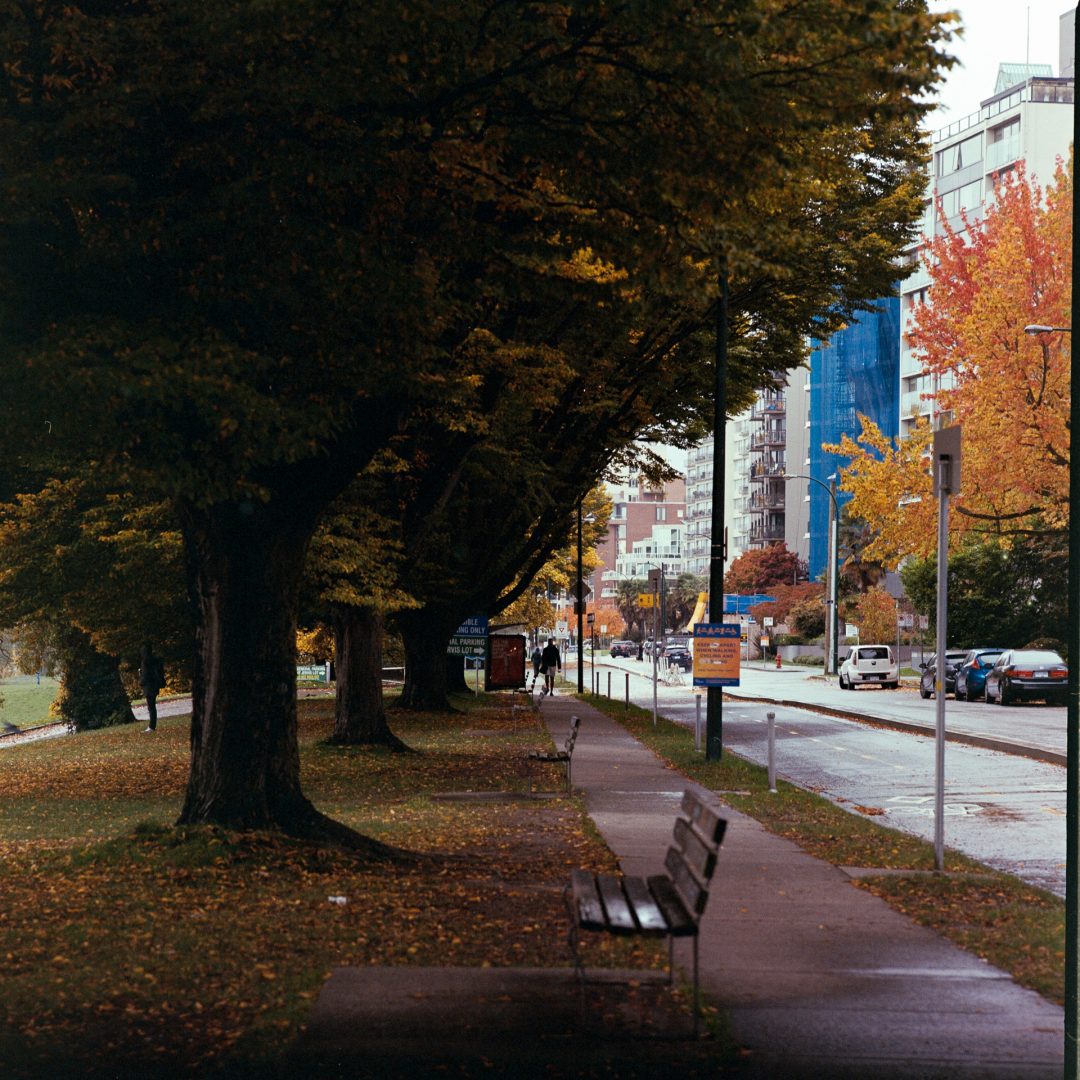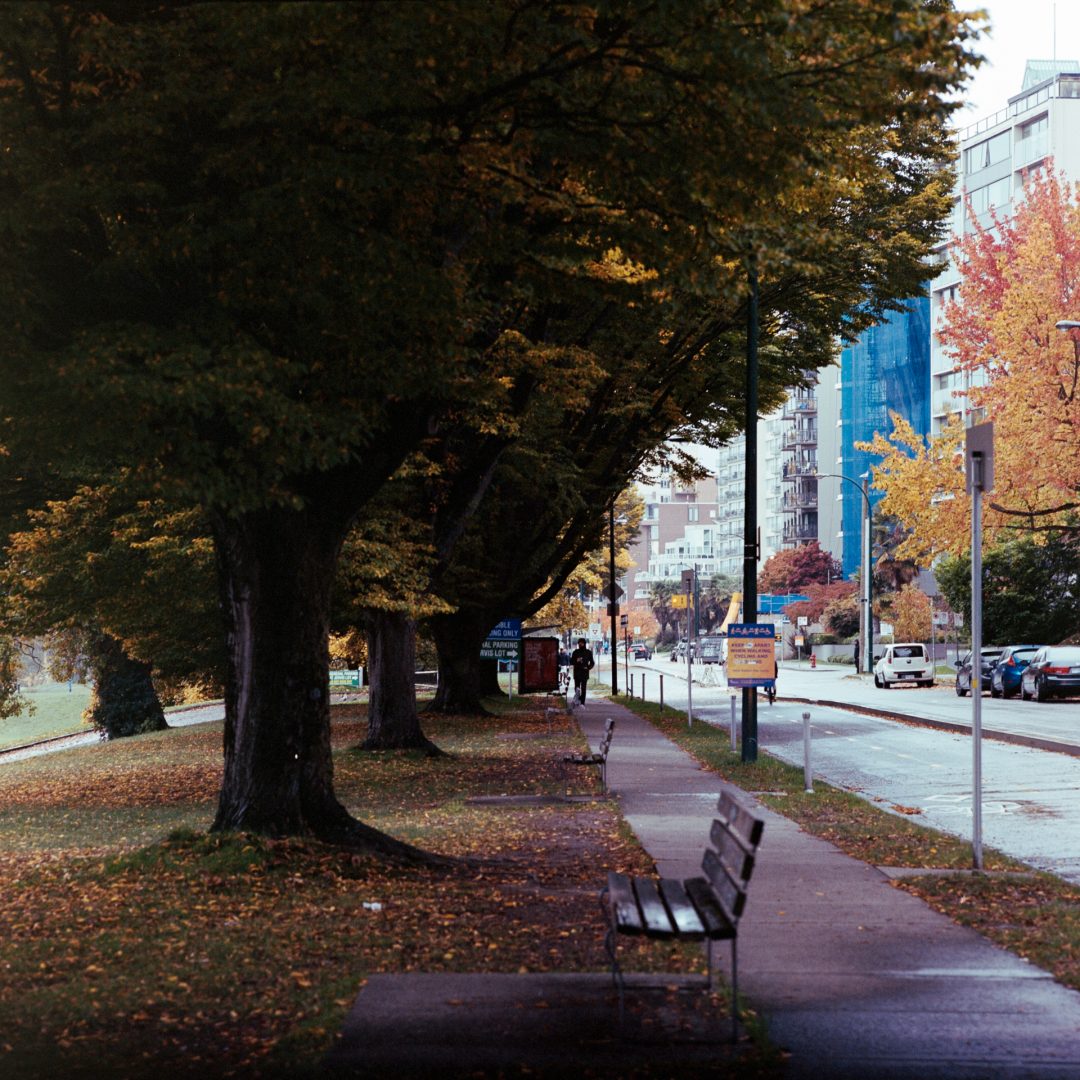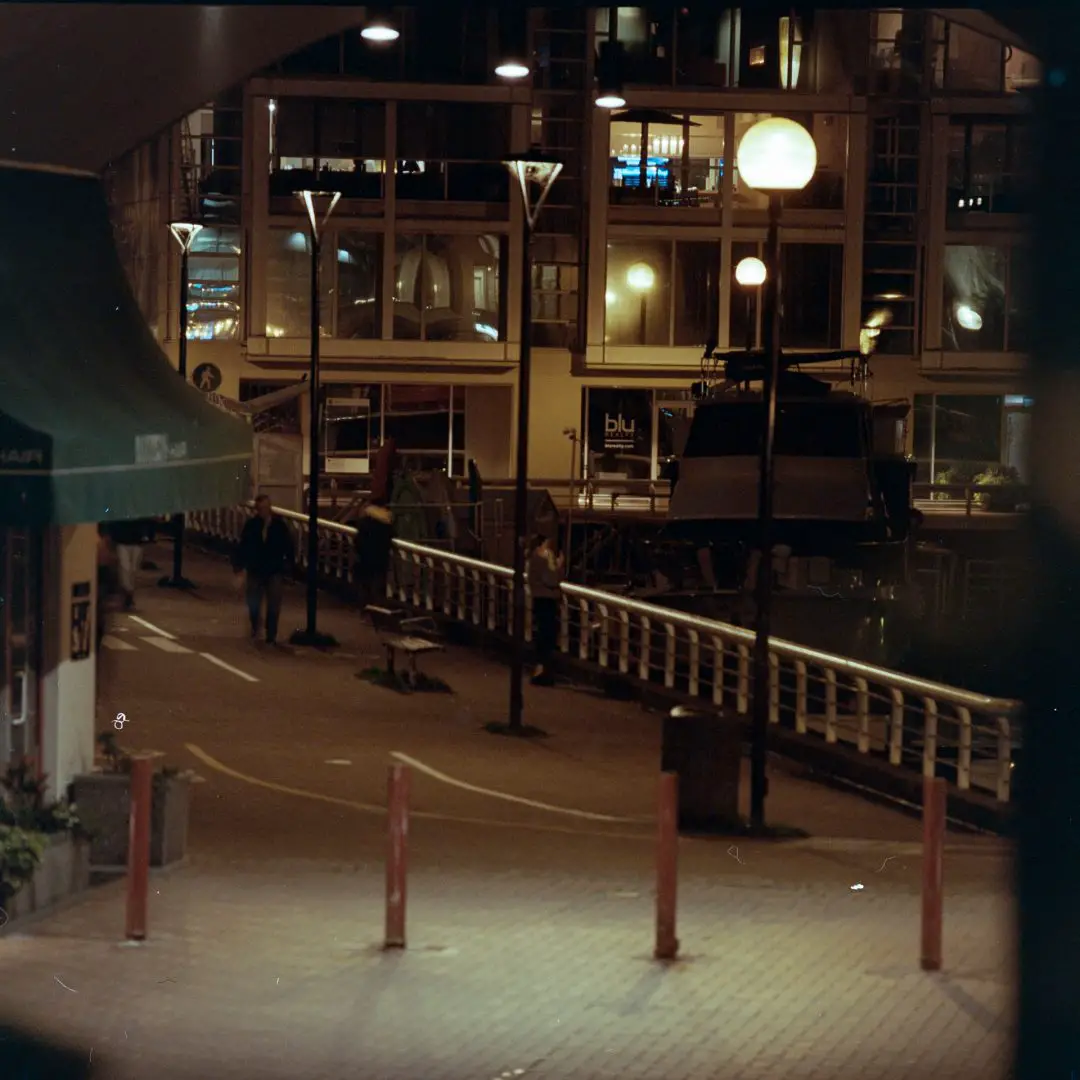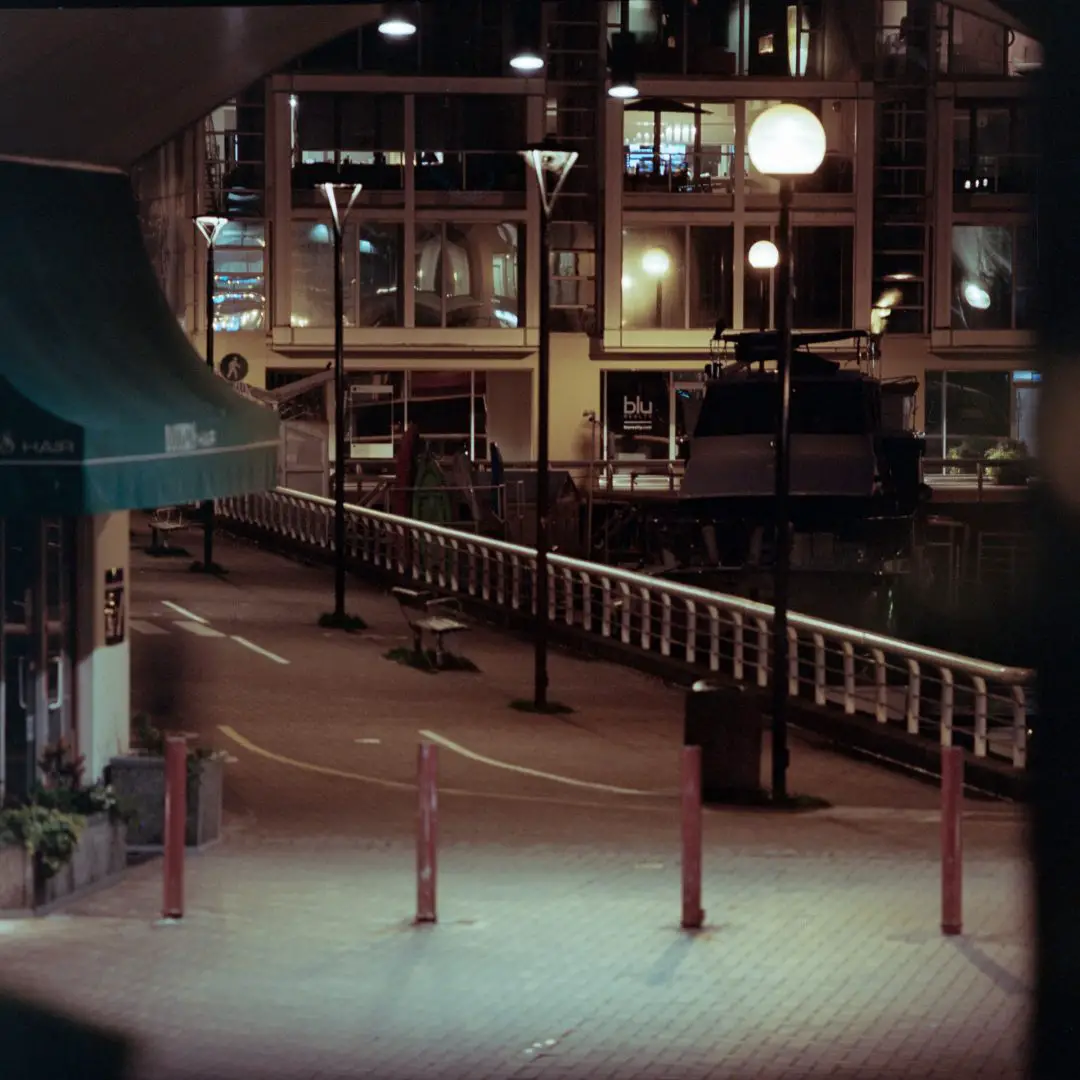Over the last month, I’ve started looking for a good, 400-speed medium format alternative to Kodak Portra 400. By the end of 2021, there are fewer and fewer options on the market as Fuji pulled Pro400H, and the cheaper stocks aren’t produced in 120 roll format.
One of the few remaining medium format color negative options is Lomo 400, which many believe is repackaged Kodak Ultramax. Lomography doesn’t publish and technical datasheets, so there’s no way to know for sure.
So what’s the difference between Kodak Portra 400 and Lomography 400?
Kodak Portra 400 has a softer, neutral color palette and captures flatter images with more shadow detail than Lomography 400. which produces higher-contrast images with more saturation and rich, warm tones. Lomography 400 is also made on a thinner film base than Portra and is prone to significant curling.
Lomography 400 is also about $3.50 cheaper per roll than Portra in the USA depending on the supplier. In Canada, the difference is far more extreme, with a roll of Portra costing almost double a similar roll from Lomography.
That difference is only expected to become greater when Kodak raises prices again. Until then, here’s a moment to consider stocking up on Lomography’s color offering.
How I tested these films
I tested Lomo 400 vs. Portra 400 in a side-by-side test with a Hasselblad 500c. The films were loaded into different film backs and exchanged between exposures. The photos were taken in the fall in overcast daylight and nighttime.
The rolls were developed in Flic Film’s color chemistry kit using the same temperatures and developing times. Then they were dried and scanned using the Essential Film Holder and Negative Lab Pro.
These are straight out of the Negative Lab Pro scanning software (version 2.3) without any adjustments other than minor temperature/tint fixes.
Portra vs. Lomo film colors
The first and most important test is always the film colors.
As anticipated, the Portra 400 colors were muted and less contrasty than the Lomo 400 film. The Portra was most likely to capture neutral and magenta tones throughout the range than the Lomo 400.
Lomo 400, on the other hand, accentuated the fall colors brilliantly. The yellow and red autumn leaves appeared more saturated, and simply dominated the image. In some ways, that was exactly how I wanted it. In others, I wish that I had a little bit more control.
The reality is, though, that if I wanted to, it would be easy to get the same tones with either film. The differences between them aren’t so big that they would be impossible to capture with another film.
I could get the look of Portra on the Lomo 400 by decreasing saturation slightly and moving some of the bright yellow and red tones to the left. Alternatively with Portra, getting those Lomo 400 tones is just a matter of increasing saturation in the reds and yellows.
Underexposure test
This is where the two films showed the biggest difference. When a film is underexposed, the darker shadow tones will become unrecoverable.
Cheaper film stocks usually capture fewer shadow details, making them less useful when pushing. In this case, I found exactly that.
The Lomo 400 performed worse when underexposed than the Kodak Portra. Dark areas quickly became black, where they were still recoverable on the Portra.
The Kodak Portra also produces brighter images overall, which is expected in a professional film stock. Portra 400 is known for being an excellent film for pushing and pulling. Lomo 400, on the other hand, may struggle to produce good images with more than a 1-stop push.
Streetlight test
Night-time exposures are tricky on any film stock. But since Lomo 400 doesn’t have any published technical datasheets, it’s difficult to know how to adjust the exposure at night.
Most 400-speed color films suggest rating the film at ISO 100 at night to gather enough light with the reduced spectrum of incandescent street lights. In this case, I shot the films at ISO 400 just to see how they would perform under these circumstances.
The Kodak Portra 400 performed better than the Lomo 400, producing cleaner images that were overall brighter with the same exposure settings. The Portra 400 images also appeared more neutral than the Lomo 400, which had a strong orange/yellow appearance over the entire image.
At night, Kodak Portra is the clear winner. When shooting portraits under the street lamps, Portra will produce nicer images overall with cleaner skin tones. The only film that could do it better is Fuji Pro400H (RIP).
Final thoughts
After doing this test, I can say almost for certain that Lomo 400 is in fact Kodak Ultramax, because it is warmer and more punchy than Portra. If it were made by Fuji, the film would be more neutral or even have a cold tone to it.
Kodak Portra 400 is more flexible overall, which is to be expected from the best-selling color film of all time. Portra 400 is designed for use by professionals, who need a cleaner look and reliability so that they can choose the look of the final image.
But Lomo 400 is not so inflexible to not be worth purchasing. In fact, in many ways, the Lomo 400 looked better than the Portra 400 straight out of the camera.
Lomo 400 needs less work to get that beautiful film look that photographers come back to this medium for. As well, the lower cost also makes it more accessible to the everyday shooter.
And Lomography is also one of the few companies that are actually innovating in the film photography space, so supporting them may just help the company to produce their own color film in the future.
Just make sure to give this film a lot of light, and it won’t ever let you down.

By Daren
Daren is a journalist and wedding photographer based in Vancouver, B.C. He’s been taking personal and professional photos on film since 2017 and began developing and printing his own photos after wanting more control than what local labs could offer. Discover his newest publications at Soft Grain Books, or check out the print shop.

